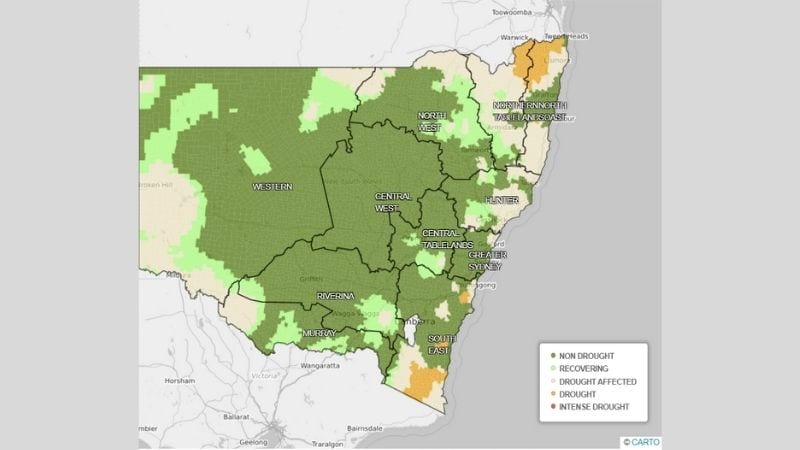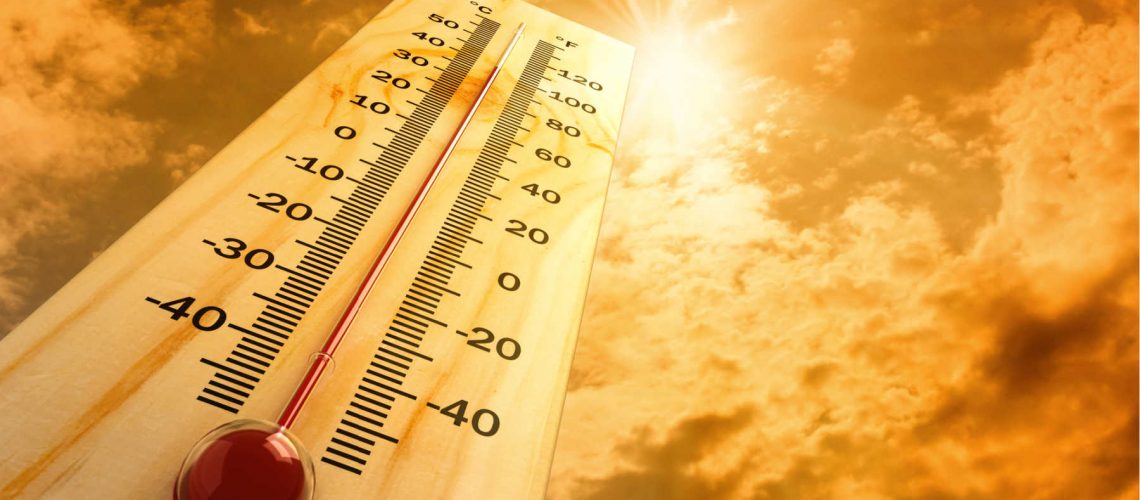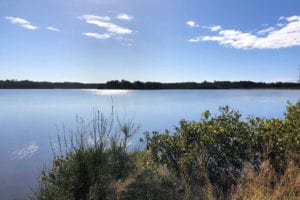On my morning walk along the shore of Lake Macquarie, I could smell smoke in the air and it made me uneasy. I was overcome with the memories of last summer. It won’t be easy to forget the bushfires which engulfed Australia in the summer of 2020. I remember one day I went to pick my kids up from school and the air was thick with smoke. The kids were emerging from the classrooms with their shirts pulled up over their mouth and nose.
Australians all around our country are still overcoming the impact these bushfires had on their homes, communities, wildlife, and their way of life.
However this year, the weather predictions for summer look a lot different. In just the last couple of weeks, it has been announced that we’ve officially entered the La Nina weather pattern. So what does that mean for us in Lake Macquarie and the rest of Australia?
El Nino vs. La Nina
El Nino is Spanish for ‘The Boy’ and La Nina is Spanish for ‘The Girl’. These names represent the biggest natural changes in our Australian climate, from the hottest conditions to the wettest conditions.
What’s El Nino?
El Nino is what we’ve been experiencing with dry, hot weather. It means more widespread drought and bushfires for Australia. As the temperature rises it’s especially so in the eastern states.
“Nine of the 10 driest winter-spring periods on record for eastern Australia occurred during El Niño years,” – Bureau of Meteorology
La Nina rainfall and cyclones
“The system swings from El Nino to La Nina conditions, with normal spells in between, every four years” – SBS
After several years of being in the El Nino weather pattern, we’ve become used to hot, dry summers. La Nina changes that with the promise of widespread rain and cooler temperatures. While that sounds like a much better option, this can mean we’re at greater risk of widespread flooding and tropical cyclones.
The eastern side of Australia is likely to be more affected by flooding than the rest of the country. Cyclones have been given a 66% chance of increasing in number compared to an average year. During a La Nina weather pattern, cyclone season can start earlier with the first landfall of cyclones hitting anytime from mid-December.
Bushfire risk for Lake Macquarie
In terms of the bushfire risk, this year has been placed at a normal level. Not every part of Australia has yet experienced rain with Western Australia and Queensland among them. Those areas will still be at a high level of threat from bushfires until the rain arrives and soaks into the ground changing the soil moisture levels.
What we will see is the increased rainfall will encourage grass to grow. As we head into February, March, and April, La Nina typically does not deliver as much rain. The hot weather will dry out the grass making it a bushfire risk. We just need it to keep raining. While we’ll still experience bushfires in Australia, they shouldn’t burn for as long, or across such vast hectares of land.
Drought predictions for our area
With the rain that NSW has already experienced, and what is predicted to come over the next few months, the drought is coming to an end. Over 75% of NSW is no longer in drought, or in the recovery phase which is great news for our farmers. Check out the NSW maps below by the Department of Primary Industries. These show a vastly different drought landscape compared to last year. We can only hope that the increased rainfall forecasted will hit those last remaining drought-affected areas.

Map Source: Department of Primary Industries

Map Source: Department of Primary Industries
Summer temperatures
While we may not see the extremes in temperature we saw last summer (48.9 degrees at Penrith on 4th January 2020), we’ll still have a hot summer. Rather than one-day heat highs, we’re more likely to see moderate heat over extended periods. With the increase in rainfall, that means humidity is likely to rise, making for a sticky summer.
Keep safe over summer
It’s important to be aware and take care this summer. Make sure you’re drinking plenty of water, stay in the shade, and slap on your sunscreen. Keep an eye out for elderly neighbours, relatives, and friends. Don’t ever leave your kids or pets in the car. Draw your curtains and blinds when temperatures rise to keep the inside temps lower. If you feel unwell, due to overheating, please call for help.
For a more detailed prediction of the weather from the Bureau of Meteorology watch this video which covers October 2020 to April 2021.
References:
ABC: BOM’s severe weather outlook signals wet summer ahead, with flooding and more cyclones likely {Accessed October 2020}
SBS: Explainer: what are El Nino and La Nina? {Accessed October 2020}



















